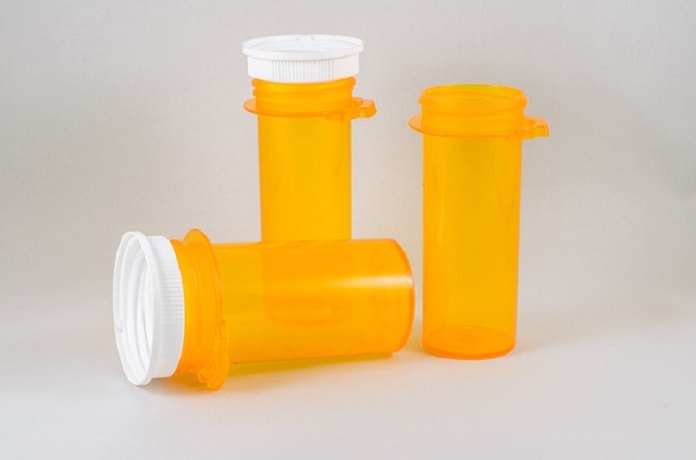A recent study examined the differences in availability and use of medications for opioid use disorder in residential treatment facilities.
Opioids are a class of drugs prescribed to treat pain. The rise in prescribing opioid medications in the late 1990s, resulted in widespread misuse of opioids before it became evident that the medications could be highly addictive. This led to an increase in overdose deaths involving prescribed opioid medications. Between 1999 and 2017, around 400,000 people died from an opioid drug overdose. According to the Centers for Disease Control and Prevention (CDC), over 130 people, on average, die from opioid drug overdose every day. The opioid crisis, affecting people from all walks of life, was declared a public emergency by the Health and Human Services (HHS) in the United States in 2017. Many individuals with opioid addiction seek treatment at residential addiction treatment facilities, however, the availability and use of medications for opioid use disorder are not clear.
In a recent study, researchers from Johns Hopkins University aimed to examine the differences in availability and use of medications for opioid use disorder in residential treatment facilities. The study, published in JAMA Network Open, analyzed data from 2863 residential facilities and over 230 000 admissions across the United States in 2017. The information was extracted from publicly available databases such as the 2017 National Survey of Substance Abuse Treatment Services and the 2017 Treatment Episode Data Set–Admissions.
The study reports that the availability and use of medications for opioid use disorder was low in most residential facilities in the United States. In the states that expanded Medicaid under the Patient Protection and Affordable Care Act, nearly 18 percent of patients, admitted into these facilities, used medications for opioid use disorder as part of their treatment plan. However, only around two percent of patients used these medications in states that did not expand Medicaid.
This study also found that the use of medications for opioid use disorder was highest in states with Medicaid expansion and no prescriber restrictions for Medicaid reimbursement of these drugs. But the use of these medications was lowest in states that resisted Medicaid expansion and had prescriber restrictions. The findings suggest that the residential facilities in states in which there was no Medicaid expansion and/or had prescriber restrictions were associated with a decreased use of medications for opioid use disorder.
The findings indicate that several factors, including legal and regulatory barriers for prescribing opioids, may have prevented the residential treatment facilities from offering medications for opioid use disorder. According to the researchers, public health and policy efforts to improve the availability and use of medications for opioid use disorder can improve treatment outcomes for people with opioid addiction. The researchers also suggest that expanding Medicaid and relaxing prescriber restrictions for Medicaid reimbursement of these drugs may increase the availability and use of medications for opioid use disorder in the residential facilities.
Written by Ranjani Sabarinathan, MSc
References:
Huhn AS, Hobelmann JG, Strickland JC et al. (2020). Differences in Availability and Use of Medications for Opioid Use Disorder in Residential Treatment Settings in the United State. JAMA Netw Open. doi: 10.1001/jamanetworkopen.2019.20843
What is the U.S. Opioid Epidemic? https://www.hhs.gov/opioids/about-the-epidemic/index.html
Opioid Overdose https://www.cdc.gov/drugoverdose/epidemic/index.html
Image by Bob Williams from Pixabay



